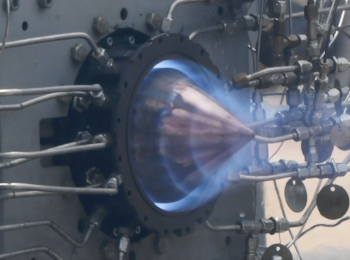
A recent study by Australian scientists gives credit to a perhaps surprisingly positive effect resulting from global warming and climate change.
Completely opposite to all those negative effects resulting from increasing carbon dioxide in the atmosphere.
Fertilizing Effect
The scientists draw attention to an effect by which increasing CO2 acts as a “fertilizing effect”, making the Earth greener in general, and desserts in particular.
The team has studied the southwestern corner of North America, Australia’s outback, the Middle East and parts of Africa and have developed methods measuring the impacts of CO2 increments on vegetation. Using this data they have then created a model to predict the “fertilizing effect”.
This model analysis indicates that the “vegetation cover” has actually increased by about 8 percent over the last 26 years.
The study was published this week in the American Geophysical Research Letters and the abstract reads, “Regardless of what has been driving these changes, the overall response of vegetation over the past two to three decades has resulted in an observable greening of the driest inhabited continent on Earth”.
The correlation with CO2 is indeed strong. Adjusted for shifts caused by precipitation, air temperature, sunlight and land-use changes.
Photosynthesis
Carbon dioxide is used by vegetation in photosynthesis when plants harness energy from sunlight and stores it chemically.
Photosynthesis works by creating oxygen and carbon molecules by using CO2 and water.
Future?
This fertilizing effect is probably limited in time to when global temperatures remain within a certain margin, and would probably cease when crossing a certain line of average global temperature.
But with so many negative effects related to global warming, this study does shed some light on an otherwise mostly dark view on our CO2 related future.
_______________
Impact of CO2 fertilization on maximum foliage cover across the globe’s warm, arid environments
______________________________

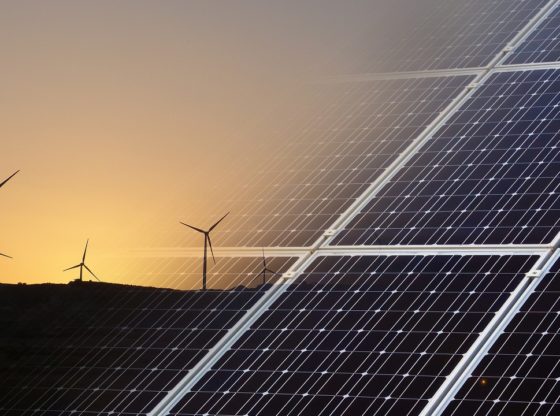
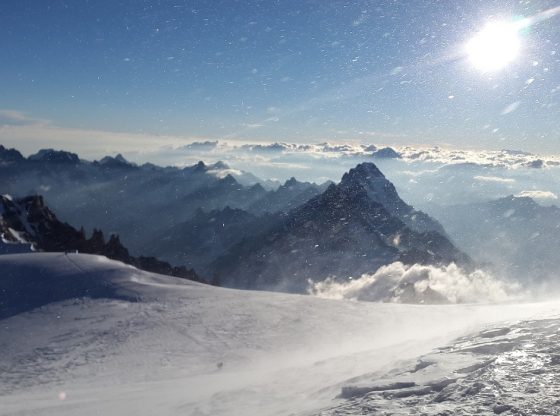
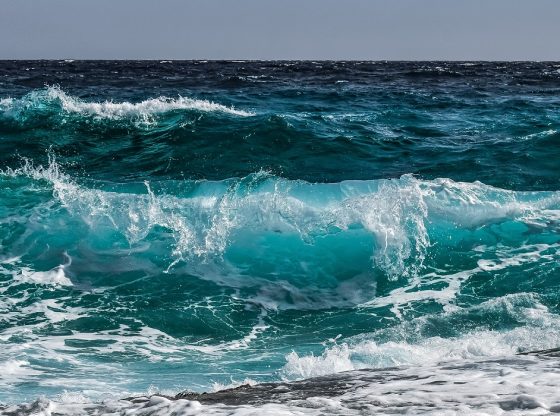
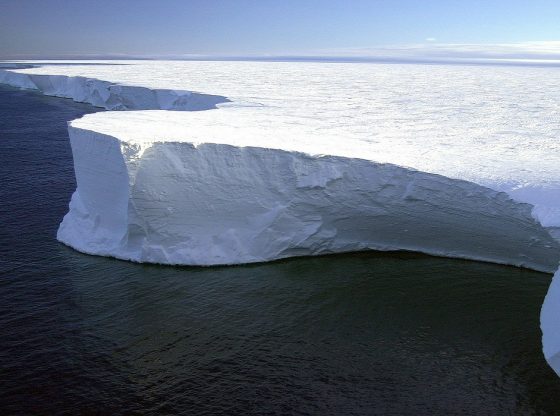
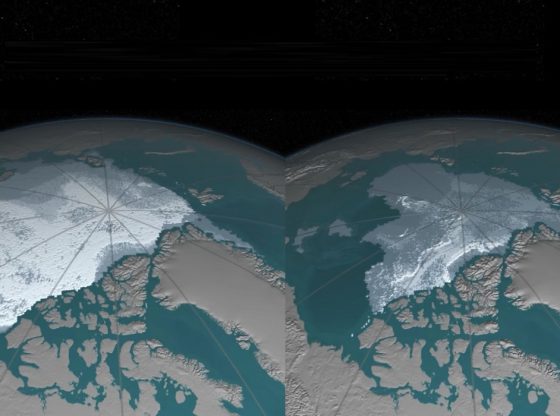

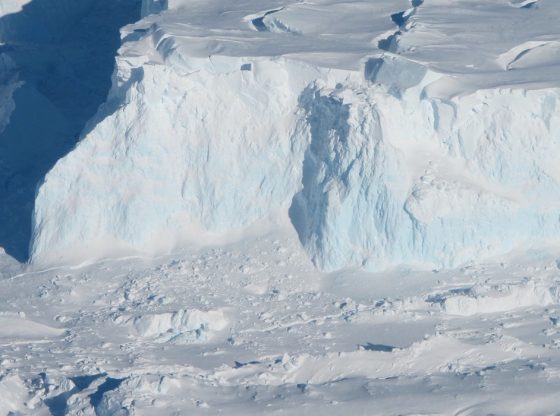
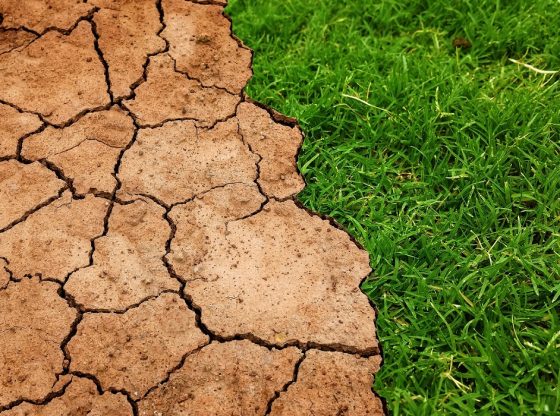
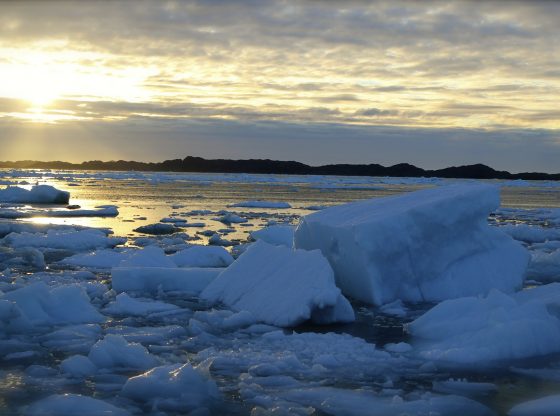
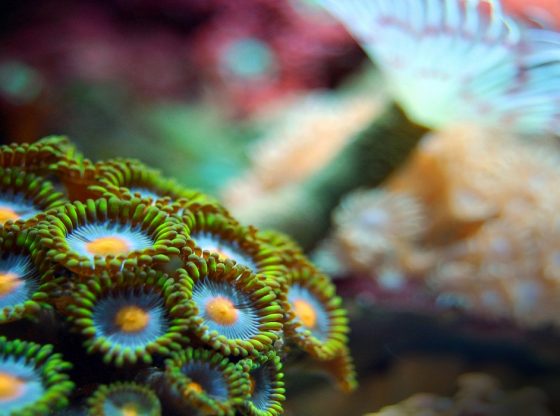
![OpenAI. (2025). ChatGPT [Large language model]. https://chatgpt.com](https://www.illustratedcuriosity.com/files/media/55099/2638a982-b4de-4913-8a1c-1479df352bf3-350x260.webp)







